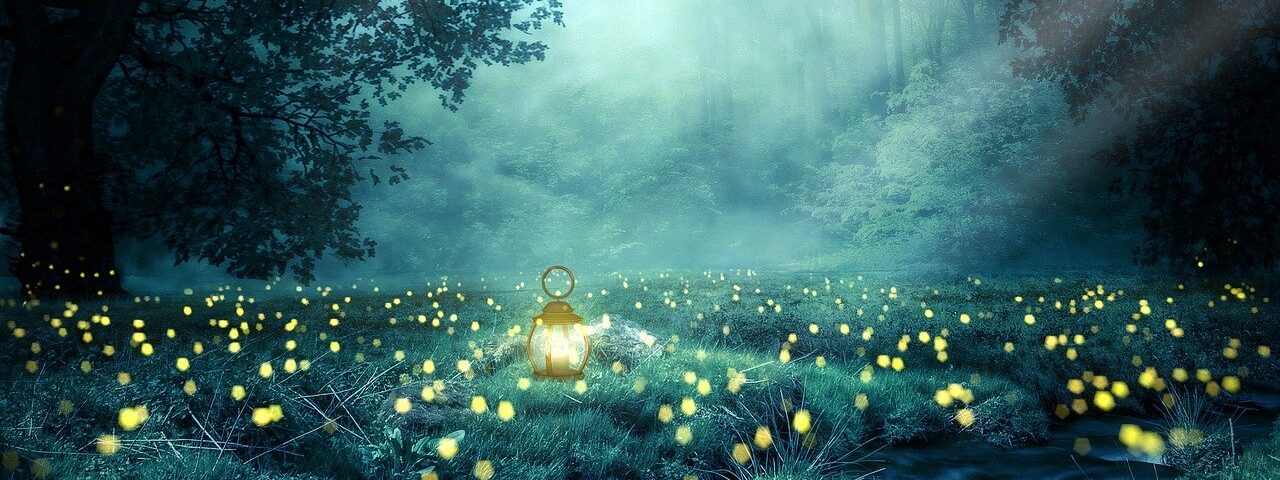Photography is a talent, which takes time to develop and needs hard work to get perfect. It takes immense patience, skill, and sweat to flourish as a photographer. As a budding photographer, you want all your clicks to be detailed and perfect. Photography is not always about getting the perfect shot at one go. There are quite a lot of factors working for the ideal image. It is playing games with lights and shadows. When you use them in your photo, it makes it stand out from the rest. It would be best if you were technically sound to illuminate your clicks correctly and get the proper focus from light. Mastering the lighting tips techniques of photographs makes them unique.

Here are some of the tricks you can follow, to work on your lighting techniques. Hence, even you are an amateur going out with your camera periodically; your photos get all the praise.
USING A WIDE- RANGE LIGHT SOURCE
Using the light in your photos comprises few elementary steps. You must remember that broader or broader or the light source, softer is the light it emits. Also, comprehensive light sources cast fewer shadows and cover the texture of the subject in the image. On the other hand, narrow light sources or accessories do just the opposite. To get a good click using these thin accessories, you need to broaden them by bouncing their light through a diffuser or a reflector. Shooting photos using broad sources is an efficient technique for clicking portraits.
THE POSITION OF THE LIGHT SOURCE
Another vital lighting technique is deciding the position of the source. The distance between the light source and your subject is the aspect to be taken care of. Farther the light source from your object, the lesser is the illumination it gets. So you may bring the light source closer to your subject. This makes the light source broaden on its own accord. So it would help if you took care that your subject stands close to the light source and gets proper lighting eventually.
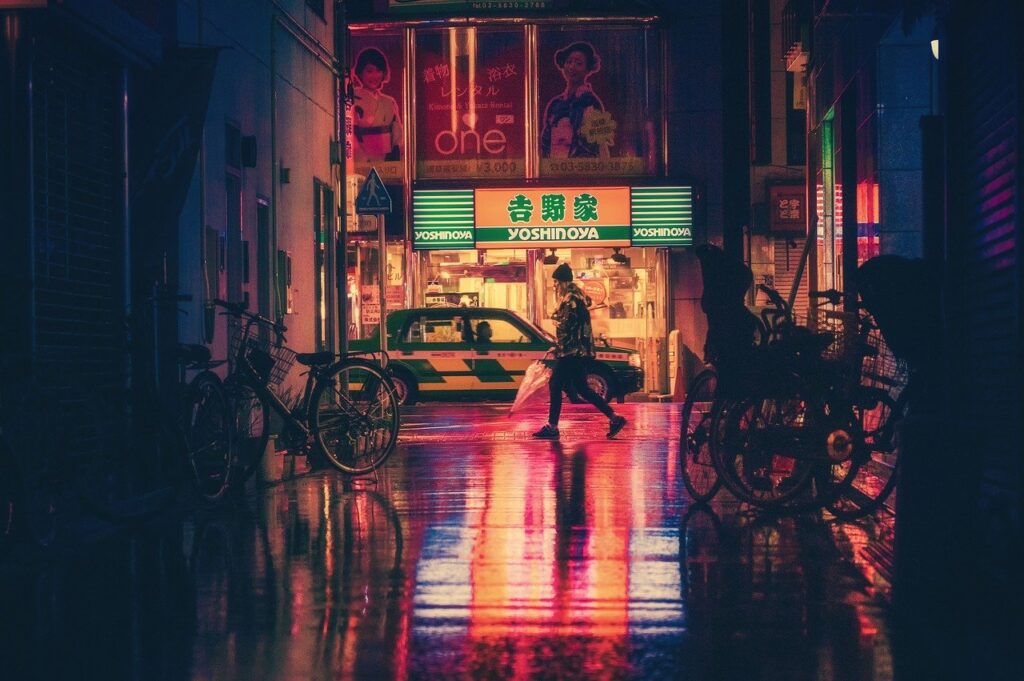
ADJUSTING FRONT- LIGHTING
Front lighting is another essential lighting technique that you need to master through this tutorial. Front lighting has a list of advantages to offer. Generally, it foreshadows the texture of your foreground. Hence it comes in handy when you are shooting portraits. It uses foreshadowing and covers the spits and scars on your subject’s face. However, it is a negative count if you want to do landscape photography. Hence while taking landscape clicks, side lighting gets the upper hand over front lighting. It is advantageous as it gets proper texture and focuses on the crucial elements like sand, bricks, rocks, and barks.
ADJUSTING THE SUITABLE COLOUR TEMPERATURE
Light might seem to be white from our naked eye, but actually, it is comprised of seven different colors. Keeping a deep dive in physics at bay, we discuss the effect of these colors in mastering lighting techniques. Each color has its different texture, cast, and temperature. Shooting pictures keeping the color cast in mind is what you must grab to be a flourishing photographer. It would be best if you did not let the colors ruin the opportunity to take a great photo.
For instance, sunlight at the break of dawn is orange. As we get into the day, sunlight makes a transition from orange to yellowish. This cast persists through the late morning and afternoon. However, during midday, it gets a bluish tinge.
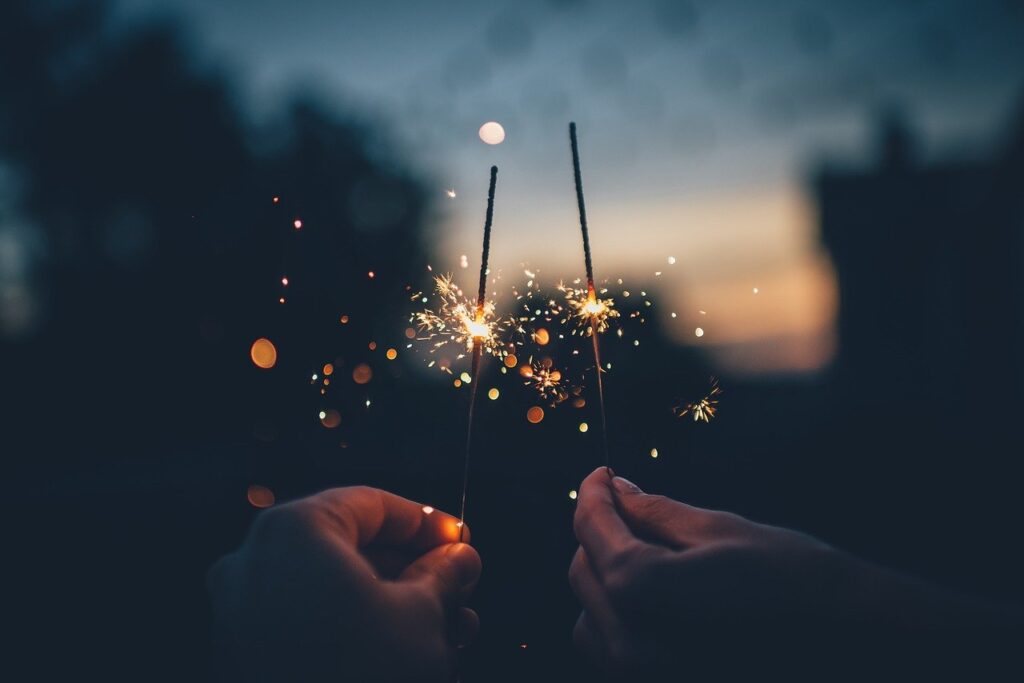
IMPLEMENTING SHADOWS AND PLAYING WITH THEM
As we have stated above, photography and lighting techniques are nothing but the art of playing with lights and shadows efficiently and managing them well. Many think shadows are not an exemplary aspect of their pictures. However, here we break the myth. If you can utilize the shadows correctly, they add a significant amount of detail to your photo. Shadows tend to give a certain amount of extra weight to your photos. It increases the volume of your photo. A special 3d effect is added to your images if you learn to introduce shadows and use them judiciously.
EFFICIENT USE OF THE BACKLIGHT
Backlight is another important pillar you need to manage in learning the lighting techniques properly. Casting a perfect silhouette and capturing the backlight from a bright source is pretty vital in photography. Whenever you catch a silhouette or utilize the backlight, the face features and the texture diminish. To capture the light falling on the object and recording all of it, you must increase the exposure of your device. You can keep trying various compositions once you get a prominent texture and proper exposure to focus.
USING THE FLASH
Another popular myth about photography and lighting techniques is using the flash in an unhinged manner. The flash feature in our cameras is helpful, but it isn’t crucial to use flash every time.
The light from the sun and the moon, or the natural light, is a better option or aspect for your photos. Natural light is the one which we borrow from nature. When you are outside, the natural light bouncing off from nature’s elements acts as an aid. Similarly, inward light emitted from bulbs, candles, and fire creates a different aura when you are inside or indoors. This aura must be present in your photos so that they get attractive and eye-catching.
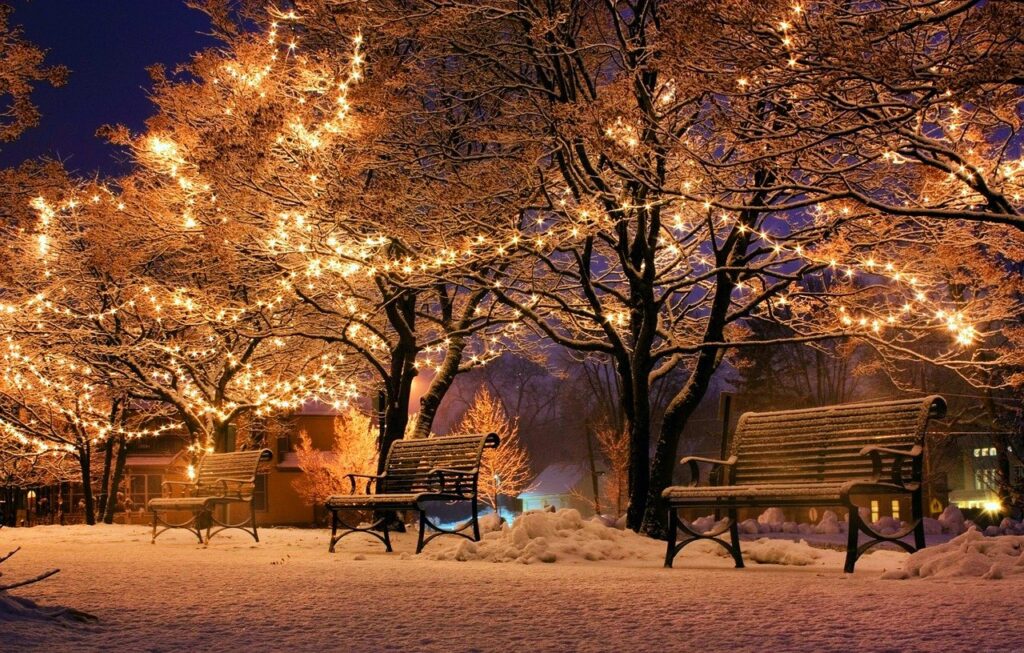
BASIC PHOTOGRAPHY TIP- GETTING OUT WITH YOUR CAMERA
Photography has been derived from a Greek word that means” drawing with light.” Hence light techniques are an essential aspect of doing your photography. Still, thee remains an elementary step. You need to make up your mind, sling your camera and get outside. You can never aspire to be a photographer if you stay inside your house and click your photos. go out, find a good location, adjust your focus, play with the colors, shades, filters, and shadows, press the shutter. This is how photography starts. No shortcuts. This is a skill that requires a large amount of hard work to keep it polished.
STROBES AND OTHER SPEEDLIGHTS
Natural light photography is the best kind of photography you can find anywhere. When you are into nature photography, you tend to use natural light, bouncing off objects and elements as your lighting techniques. However, some speed light features like flash and strobes should find a place in your camera bag. Utilizing your lenses, adjusting your focus, using the natural light is necessary, but you can’t ignore Speedlight features. Sometimes, when you are shooting insides, strobes are necessary. They give you an upper hand in playing with light and shadows. They help them combine and create an exquisite aura. This element seriously helps in some of your photos.
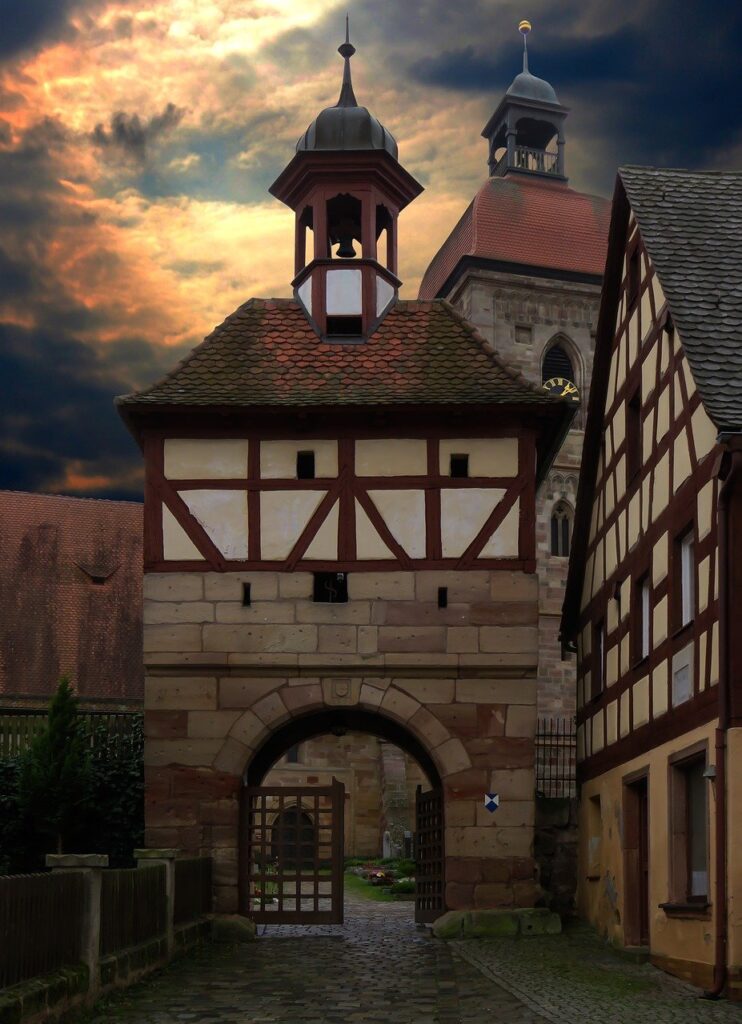
NOW, WE TAKE YOU TOWARDS SOME OF THE POPULAR LIGHTING TECHNIQUES:
SPLIT LIGHTING-
This is a popular lighting technique, where you click the photo in such a way that your subject’s face is divided into two equal halves. One-half gets exposure or light. At the same time, the other half stays in darkness or shadows. This technique is generally used in portrait images or dramatic images.
BUTTERFLY LIGHTING-
Another lighting technique popular amongst photographers is butterfly lighting. Here, a circular shadow is cast under your subject’s nose.
LOOP LIGHTING:
It is a popular and easy to achieve light technique and effect. This effect includes a loop-shaped shadow under the subject’s nose.
REMBRANDT LIGHTING
This is a lighting technique extracted from the paintings of the legendary painter Rembrandt. In this technique, a triangle of light is produced on the subject’s cheek.
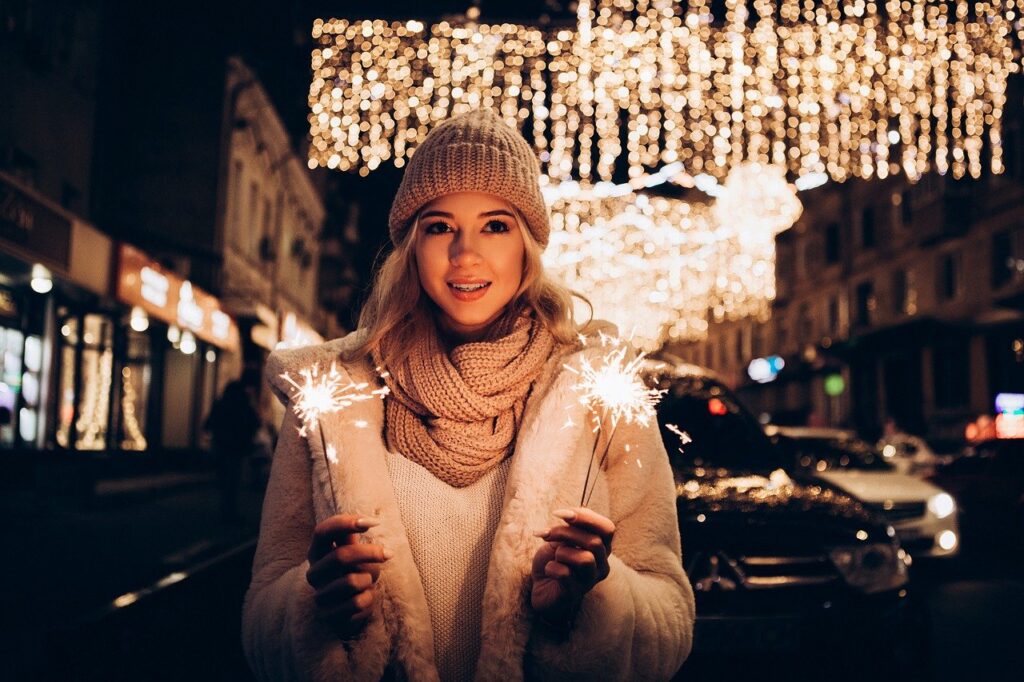
OUTLOOK-
Now you have been through all the techniques, tips, and tricks; lighting techniques won’t be complicated for you. Still, you need to stick to the basics, keep practicing, continue the hard work to master all the techniques.

